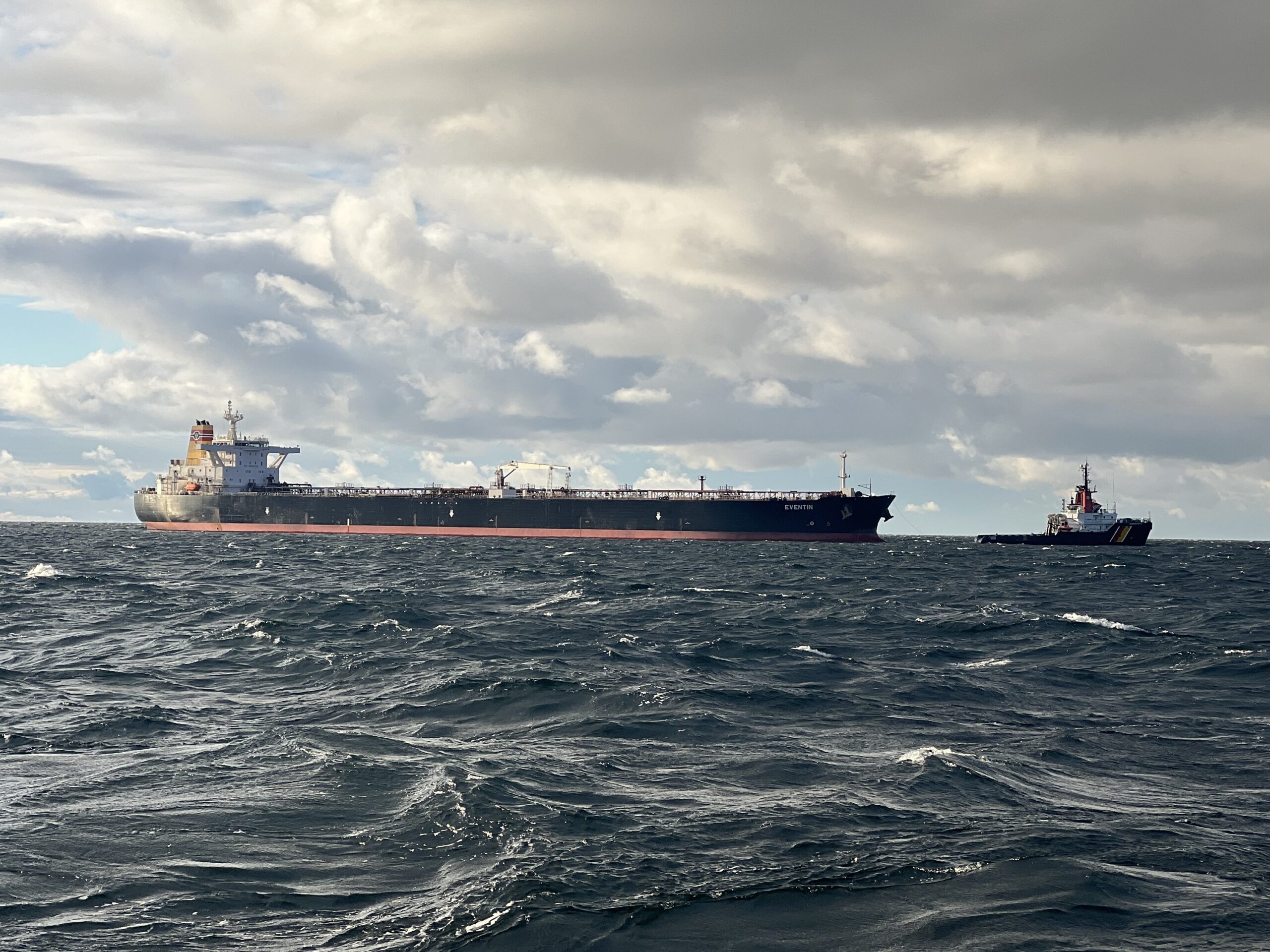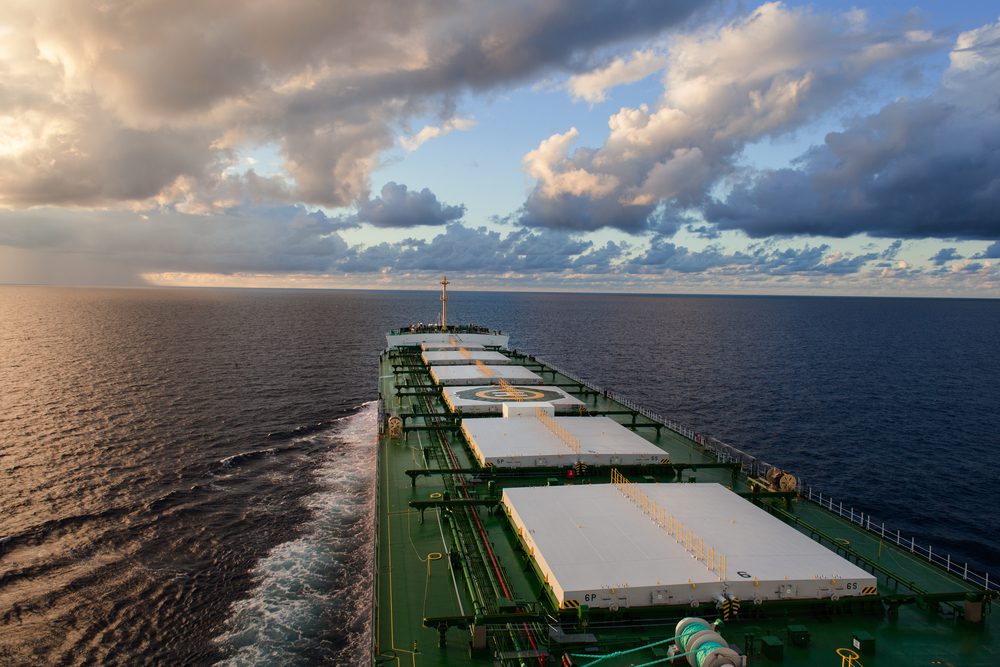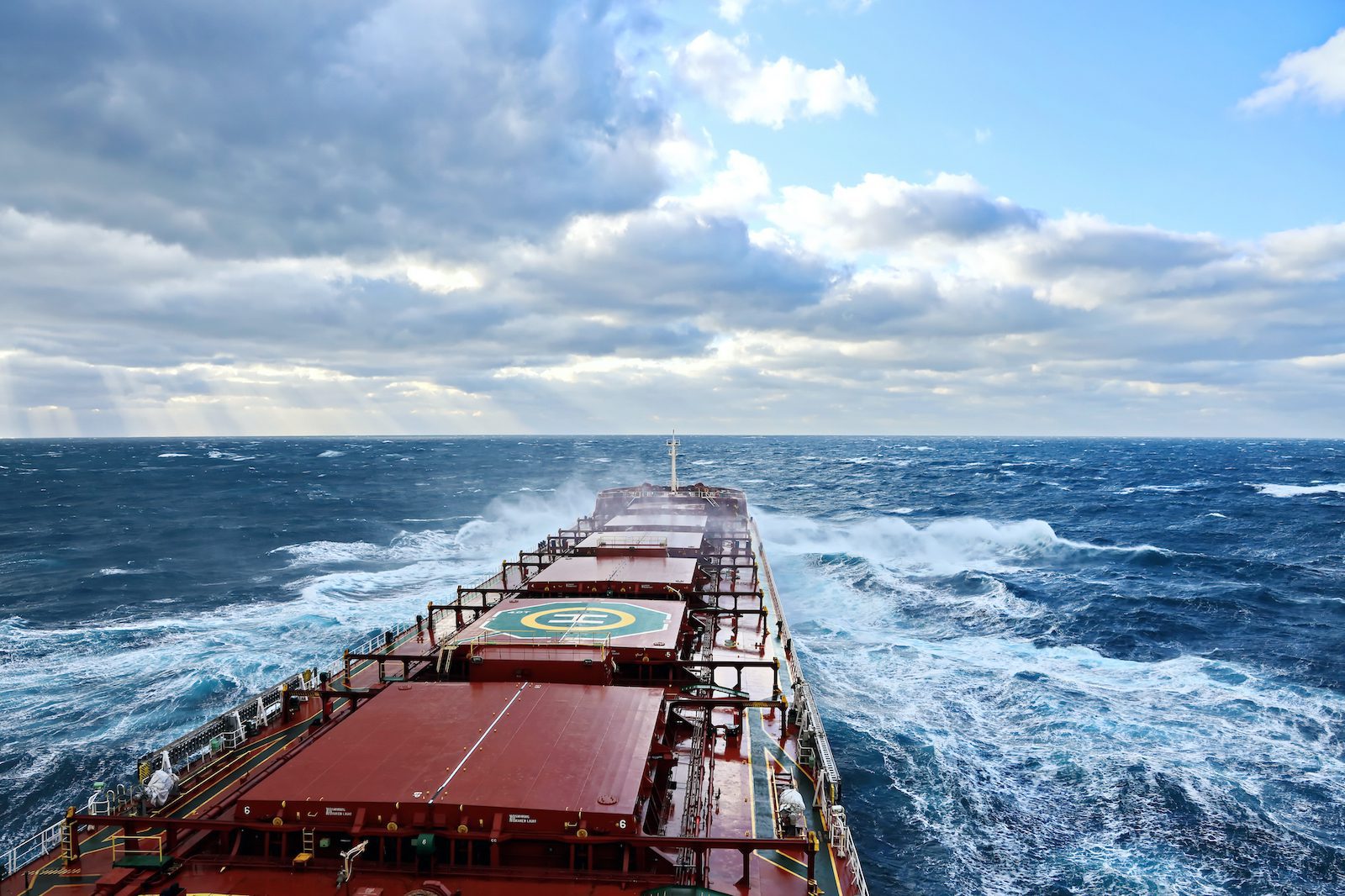Cargo volumes at the Port of Long Beach fell just shy of 2021’s record last year as trade slowed in the second half of the year.
The Port of Long Beach reported handling 9.13 million TEUs in 2022, down 2.7% compared to 2021 and making for its second-busiest year on record.
Imports declined 4.9% to 4,358,789 TEUs, while exports totaled 1,414,882 TEUs, down 1.6%. Despite the slight decline, the Port of Long Beach remained the nation’s leading export port for loaded TEUs for a second consecutive year. Empty containers processed through the Port decreased a narrow 0.14% from a year earlier to 3,359,986 TEUs.
A Tale of Two Halves
The Port of Long Beach said a rise in online purchases and aggressive efforts to transfer long-dwelling cargo off the docks bolstered trade moving through the port during the first half of 2022, with monthly cargo records in January, February, March, April, June and July. However, consumer spending cooled by summer as inflation drove up the prices combined with imported goods shifting to East and Gulf Coast ports contributed to a softening of cargo volume during the second half of 2022.
Through July, overall cargo volume was outpacing 2021 by 4.6% before tapering off.
Cargo volume was down 27.9% in December compared to the same month in 2021 with 544,104 TEUs moved. Imports dropped a substantial 32.6%, to 241,643 TEUs, marking the sixth consecutive month of negative growth.
December exports increased 1.6% to 115,782 TEUs. Empty containers were down 33.7% to 186,680 TEUs.
The story was the same next door at the Port of Los Angeles, which reported handling 9.9 million TEUs, down 7% from 2021’s record. Nevertheless, 2022 marked Los Angeles’ second busiest year on record.
Return to Normal
The good news is the slowdown helped the port to return to normal operations as congestion eased.
“Cargo is moving smoothly as we move past the economic effects of COVID-19,” said Mario Cordero, Executive Director of the Port of Long Beach. “In 2023, we will continue to invest in digital and physical infrastructure projects, focus on market share and develop long-term improvements that will strengthen our competitiveness and keep goods moving efficiently.”
“Despite the challenges of the last two years, we have focused on longtime customer relationships and invested in projects that put us closer to a zero-emissions future,” added Long Beach Harbor Commission President Sharon L. Weissman. “In the year ahead, we will collaborate with our skilled workforce, industry partners, and communities surrounding the Port to build upon those improvements and secure our position as the Port of Choice for trans-Pacific trade.”

 Join The Club
Join The Club










